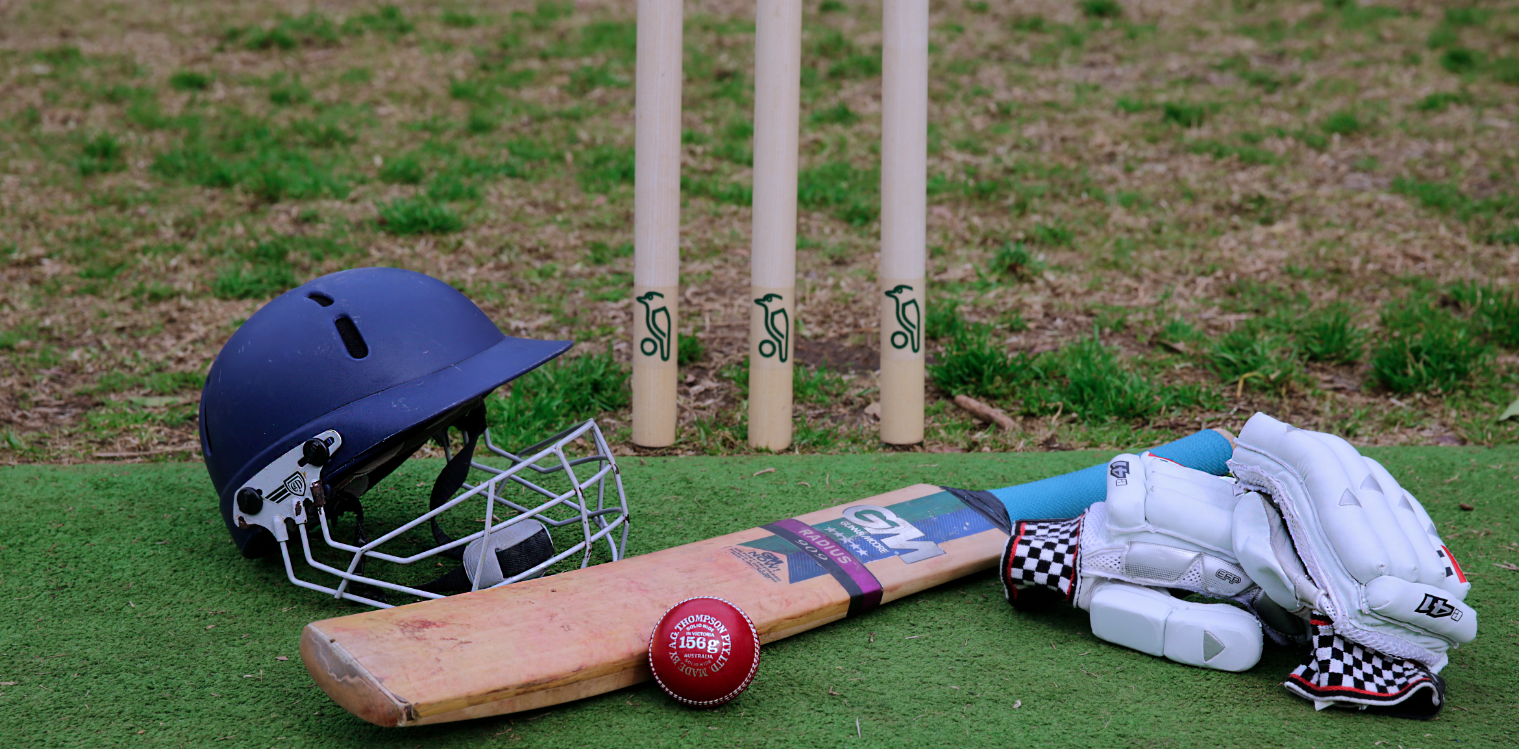

In 1976, the US Tennis Association introduced a new test of eligibility for female athletes.
Anybody wishing to enter the women’s draw of the US Open would, for the first time, be required to pass a test establishing female identity.
The reason for this change in policy was an amateur player called Renee Richards.
Dr Richards’ desire to compete as a woman led her to bring a discrimination claim and a New York court, in a landmark decision for transgender rights, ordered she be allowed to play.
It condemned the USTA’s actions as “grossly unfair, discriminatory and inequitable, and violative of her rights”.
Attitudes have changed in the 40 years since, but the sentiment that underpinned the USTA’s actions persists.
Trans women wanting to participate in women’s sports, particularly at an elite level, are required to prove that they do not threaten the so-called ‘integrity’ of female competition.
The favoured method in international competition is a cap on testosterone levels.
The IOC and IAAF have both implemented guidelines requiring athletes demonstrate that their total testosterone level in serum has been below 10 nml/L and 5 nmol/L respectively for a period of time before competition and throughout the period of desired eligibility.
Some trans athletes consider this is a reasonable requirement.
Anecdotally, they speak of a loss of strength, speed and stamina that comes with using testosterone suppressants.
However, this is not a universal view. Testosterone regulation has been roundly criticised in some circles as discriminatory, dangerous to health and without an evidentiary basis.
A leading critic is Canadian cyclist Rachel McKinnon. Dr McKinnon came to mainstream attention this year when she won a women’s world championship title, prompting a backlash from some commentators and cisgender athletes.
Although she complies with testosterone requirements to compete, she contends that sport is a human right and she should be taken as she is – elevated testosterone levels or not.
Dr McKinnon also argues that testosterone requirements are dangerous and unhealthy for trans women.
Fellow Canadian cyclist, Kristen Worley, gained some recognition for this argument when her case in the Human Rights Tribunal of Ontario was settled by cycling’s governing bodies with a commitment to support research into the needs of XY female athletes.
But perhaps the most cutting criticism of the testosterone requirement is the apparent lack of evidence to support it.
Anecdotal claims aside, the IAAF was forced to abandon its regulations in 2015 for lack of evidence when challenged in the Court of Arbitration for Sport by Indian hyperandrogenous athlete Dutee Chand.
The IAAF subsequently produced a report that found elevated testosterone levels offered a marginal advantage in a handful of events, and promptly reintroduced testosterone regulation.
There are clearly issues with imposing testosterone requirements. However, sporting bodies continue to insist on guarding eligibility and testosterone is a method with momentum.
The IOC is widely expected to tighten its cap on testosterone levels, a lead which domestic Australian sporting bodies will inevitably follow – particularly if they are an Olympic sport.
Testosterone regulation also has an advantage in that it is defensible from a discrimination standpoint.
A cap is universal and objective, and can be complied with by trans athletes – unlike testing for the presence of a second X chromosome, or the litany of tests to which the AFL would subject a trans athlete.
However imperfect, testosterone is perhaps the best measurement available – at least until science and attitudes take the next great step forward.









